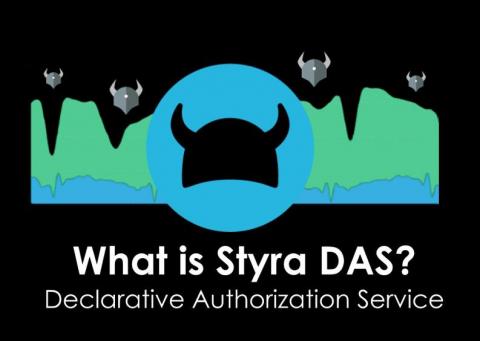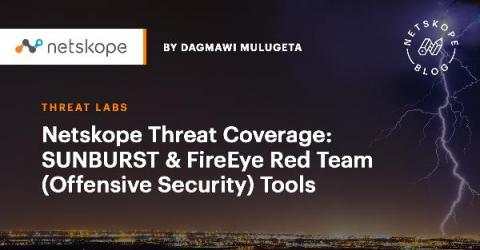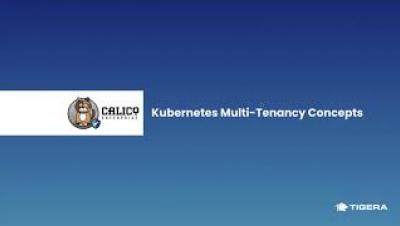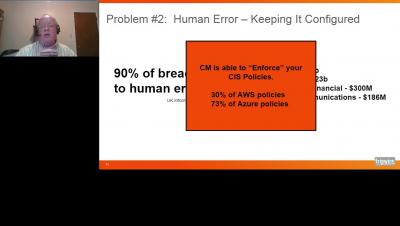Brexit and Data Protection | UK GDPR Law
With recent legal developments taking into account data privacy, it shows the importance of protection of individuals personal information for businesses. The UK left the EU on 31st January 2020. The current transition period ends on 31st December 2020, DPA 2018 takes centre stage with all matters of data privacy. Let’s dive into the beef first and then related GDPR, DPA information including the basics and gdpr vs dpa.










